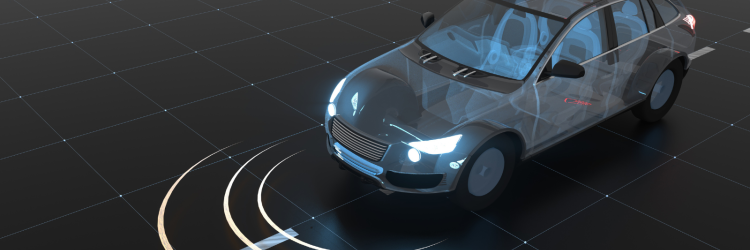Well, that was fast.
Just a week after the California Public Utilities Commission gave GM's Cruise and Google's Waymo permission to operate fully autonomous robotaxi services for a fee at all hours in all parts of San Francisco, the state's Department of Motor Vehicles ordered Cruise to cut in half the number of automated vehicles (AVs) it's using.
Following two collisions involving Cruise cars, one of which injured a passenger, the DMV added that the restrictions will stay in place until Cruise “takes appropriate corrective actions to improve road safety.”
For good measure, the robotaxis seem to have made a full-fledged enemy out of the San Francisco Fire Department. It had argued hard against licensing the robotaxis to begin with, saying they've been getting in the way at emergency scenes. The SFFD now has more ammunition: One of the collisions occurred when a Cruise vehicle pulled into an intersection and was hit by a fire engine on its way to an emergency.
So, how big a setback is this for AVs?
In the short term, the cut in service is certainly a public embarrassment.
While the Cruise car that was hit by the fire truck had pulled into an intersection on a green light and while Cruise executives say its sensors picked up the fire engine's sirens, the fact is that the vast majority of human drivers would have pretty much frozen in place while trying to figure out the source of the sirens, and the Cruise car kept going. That a passenger was hurt -- albeit with what Cruise called "non-service injuries" -- compounds the PR problem.
The other collision apparently wasn't Cruise's fault -- the company says its data show that its car moved into an intersection on a green light and was rammed by a car running a red light at high speed. But this collision will still get lumped in with the one Cruise caused, even if Cruise's description of the accident proves completely accurate.
For good measure, a Cruise car got confused by some road construction in San Francisco last week and drove onto a pad of wet cement. The car had to be pulled out by a tow truck. A week earlier, some 10 Cruise cars had just stopped in the middle of the street in the North Beach area because they lost their wireless connection to their home base when they neared a music festival where fans had overloaded mobile networks.
Yes, all the recent problems have involved Cruise's vehicles, but Waymo's cars will face skepticism about safety, too. Advocates of AVs complain that scores of other car accidents happened in San Francisco last week without drawing any scrutiny in the media, but that's life in the fast lane. Any problem with an AV will be news for the foreseeable future and will taint all AVs.
Robotaxis already faced heavy opposition in the hearings in front of the California PUC, which approved unlimited robotaxi use in San Francisco by a 3-1 vote two weeks ago, and the opposition now gets another shot because the DMV is asserting its jurisdiction. It remains to be seen just how skeptical the DMV will be about robotaxis and how much new opposition the SFFD and others can mount.
What happens in the medium term really depends on the safety record of the robotaxis in the coming weeks and months. If Cruise or Waymo keeps having weeks like this last one, there will be real delays. If problems go away, then AVs will be back on the path of "radical incrementalism" that I described last week. But problems have to disappear, not just diminish, at least for weeks and probably for months. The attention caused by the accidents and the DMV action has raised the stakes.
In the long term, if the technology works as well as I think it will, not much about the rollout will change. Even San Francisco issued another vote of confidence last week, launching an autonomous bus service on Treasure Island, the site of a former Navy base in San Francisco Bay.
And some of the recent press has been positive. Three New York Times reporters, for instance, took trips in Waymo robotaxis last week and found that, while two of the cars were a bit too slow and cautious for the riders' taste, "the ride was so smooth, the novelty began to wear off, turning a trip to the future into just another journey across town."
We'll have to wait and see whether the public mood heads in that direction -- or not.
Cheers,
Paul


